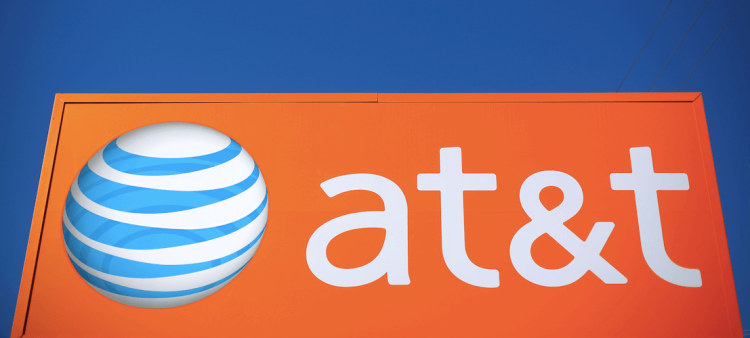AT&T has expanded the toolkit it offers developers to build the Internet of Things with the introduction of two new versions: one for those using Amazon Web Services (AWS) and another geared towards Raspberry Pi-like devices. The idea is to provide developers with the connectivity tools they need to bring their ideas to life.
It was nearly six months ago when AT&T first released its starter kit. The new version uses a plug and play mechanism, which means everything a developer needs is available right in one package, removing the friction of having to use multiple vendors for different functions.
With the AWS-focused starter kit, AT&T provides developers with an LTE Cat-1 modem, a U.S. and Mexico SIM card with 300 MB of prepaid data for up to 6 months, two antennas, USB cables, and a USB plug, a NXP K64F development board, and a microSD card to store security credentials and configurations.
This latest offering builds on AT&T’s existing relationship with Amazon and was produced with Avnet, the same company that worked on the telecommunication company’s previous kit.
The earliest version of the starter kit offered an Ardiuno microcontroller carrier board, but that’s not something all developers wanted. So AT&T has also released what it calls the LTE IoT Add-on kit that includes a LTE Cat-1 modem, a U.S. and Mexico SIM card with 300 MB of prepaid data for 6 months, two antennas, USB cables, and a USB plug. The control board is entirely up to the developer’s choice.
Whichever starter kit is chosen, AT&T has also added support for PubNub’s Data Stream Network and APIs, enabling low latency and secure two-way messaging at scale.
The traditional role a carrier like AT&T plays is no longer relevant. In order for it to remain competitive, the company has to extend its reach beyond the phone and think about other things that will require its network. The biggest potential involves connected devices, such as cars and other appliances we have around our home and office.
It’s one thing to ask developers to use the network, but it’s another to make it easy to do so. Just like with the rise of services like Parse, Twilio, and Layer around software, so too does AT&T want to play that part. Its starter kits could be viewed as ways to encourage developers to build for the Internet of Things. Then, when it comes to how to deal with internet access, AT&T’s name will appear top of mind.
These two new starter kits are available today for use.


